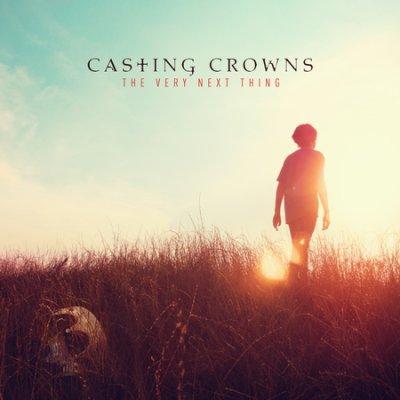WHAT IS MUSIC?
Music is
an art form and cultural activity whose medium
is sound and silence. The common elements of music
are pitch (which
governs melody and harmony), rhythm (and its associated
concepts tempo, meter,
and articulation), dynamics (loudness and softness), and the
sonic qualities of timbre and texture (which are sometimes
termed the "color" of a musical sound). Different styles or
types of music may emphasize, de-emphasize or omit some of these elements.
Music is performed with a vast range of instruments and with vocal
techniques ranging from singing to rapping, and there are
solely instrumental pieces, solely vocal pieces(such
as songs without instrumental accompaniment) and pieces that
combine singing and instruments. The word derives from
Greek μουσική (mousike; "art of
the Muses"). In its most general form, the activities describing
music as an art form include the production of works of music (songs,
tunes, symphonies, and so on), the criticism of music, the study
of the history of music, and the aesthetic examination of
music. Ancient Greek and Indian philosophers defined music
as tones ordered horizontally as melodies and vertically as harmonies. Common
sayings such as "the harmony of the spheres" and "it is
music to my ears" point to the notion that music is often ordered and
pleasant to listen to. However, 20th-century composer John
Cage thought that any sound can be music, saying, for example, "There
is no noise, only sound.
The creation, performance,
significance, and even the definition of music vary according to
culture and social context. Indeed, throughout history, some new forms or
styles of music have been criticized as "not being music",
including Beethoven's Grosse Fuge string quartet in
1825, early jazz in the beginning of the 1900s and hardcore
punk in the 1980s. There are many types of music, including
popular music, traditional music, art music, music written
for religious ceremonies and work songs such as chanteys.
Music ranges from strictly organized compositions–such as Classical
music symphonies from the 1700s and 1800s, through to spontaneously played
improvisational music such as jazz,
and avant-garde styles of chance-based contemporary
music from the 20th and 21st centuries.
Music can be divided
into genres (e.g., country music) and genres can be further
divided into subgenres (e.g., country blues and pop
country are two of the many country subgenres), although the dividing lines and
relationships between music genres are often subtle, sometimes open to personal
interpretation, and occasionally controversial. For example, it can be hard to
draw the line between some early 1980s hard rock and heavy
metal. Within the arts, music may be classified as a performing art,
a fine art or as an auditory art. Music may be played or sung and
heard live at a rock concert or orchestra performance,
heard live as part of a dramatic work (a music theater show
or opera), or it may be recorded and listened to on a radio, MP3
player, CD player, Smartphone or as film
score or TV show.
In many cultures, music is an
important part of people's way of life, as it plays a key role
in religious rituals, rite of passage ceremonies
(e.g.graduation and marriage), social activities (e.g., dancing)
and cultural activities ranging from amateur karaoke singing to
playing in an amateur funk band or singing in a community choir.
People may make music as a hobby, for example, a teen who
plays cello in a youth orchestra, or by working as a
professional musician or singer. The music
industry includes the individuals who create new songs and musical pieces,
such as songwriters and composers; individuals who perform
music, which include orchestra, jazz band and rock band
musicians, singers and conductors; individuals who record music (music
producers and sound engineers) and organize concert tours; and those
who sell recordings and sheet music to customers.
source:https://en.wikipedia.org/wiki/Music
























































































































0 comments:
Post a Comment